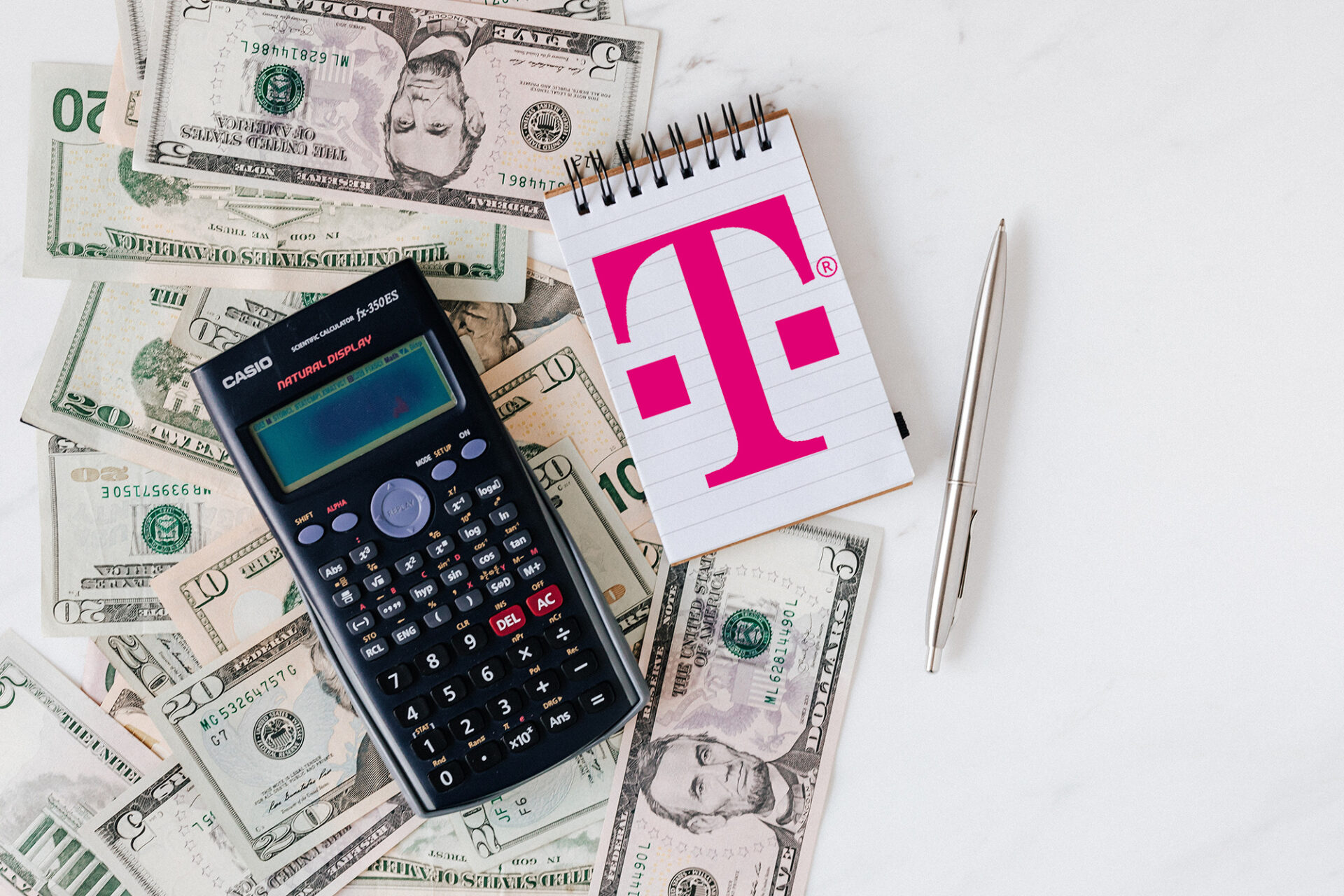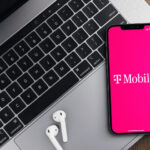The term T-Mobile Handset Charge refers to the monthly payment installment you are making toward the purchase of a new smartphone, tablet, or other mobile device through T-Mobile’s financing plan. This charge is the result of your Equipment Installment Plan (EIP) agreement.
Instead of paying the full price of a device (the “handset”) upfront, T-Mobile allows you to spread the cost over a period, typically 24 or 36 months. The Handset Charge on your bill is simply one of those monthly payments.
Understanding this charge is crucial for managing your budget, especially since promotional discounts and trade-in credits often interact with it in confusing ways.

-
Understanding the Handset Charge (EIP)
The Handset Charge is the core of how T-Mobile sells devices. It separates the cost of the device from the cost of the wireless service.
Components of the Charge
- Handset Charge (EIP Payment): This is the fixed, monthly amount you agreed to pay to cover the retail price of the phone. The term is determined at the time of purchase (e.g., $30/month for 24 months).
- Promotional Credits: If you received a deal (e.g., “$800 off the new iPhone”), T-Mobile applies a corresponding monthly credit to your account. This credit directly offsets the Handset Charge, often making the final net payment $0 per month.
- Trade-in Credits: If you trade in an old device, T-Mobile splits the value:
- Instant Fair Market Value (FMV): This value is often applied as an instant credit to your bill, which you receive in one lump sum or over one or two billing cycles.
- Promotional Trade-in Bonus: This portion is usually applied as a recurring monthly credit over the life of the EIP (24 or 36 months).
Why the Charge May Be Confusing
In most promotional scenarios (e.g., “Phone On Us”), your monthly Handset Charge will be listed on your bill, and an equal, corresponding credit will appear in the Credits & Adjustments section. The two amounts cancel each other out, but both lines must be present for the balance to be $0.
- Troubleshooting: Why the Handset Charge Appears Too High
If you see a Handset Charge that is higher than expected, or if you are paying for a device that was promised to be “free,” the issue is usually one of the following:
Issue A: Missing Promotional Credits
- The Problem: Promotional credits (for trade-ins or “on us” deals) often do not appear until the second or even third bill cycle.
- The Fix: You are typically billed the full Handset Charge upfront. Once the promotion “kicks in,” T-Mobile issues a large lump-sum credit on the next bill to cover the charges from the previous month(s). Check your second bill first. If the credit still hasn’t appeared, call T-Mobile Customer Care immediately.
Issue B: Device Was Returned/Damaged
- The Problem: If you traded in an old phone as part of a promotion but T-Mobile determined the device was damaged (e.g., liquid damage indicator (LDI) is red/pink, screen is cracked), the trade-in is voided or valued lower.
- The Fix: You may be charged a “Warranty Non-Return Fee” or the promotional credits may stop. Review the device condition requirements and speak with a representative to resolve the dispute or submit a Protection 360 claim if applicable.
Issue C: Canceling Service or Paying Off Early
- The Problem: Promotional credits are contingent on remaining an active customer on a specific plan for the full EIP term (24 or 36 months).
- The Fix: If you cancel your line or pay off the device balance early, all remaining promotional bill credits immediately stop. You become responsible for paying the remaining, uncredited retail balance of the phone.
- Managing Your Handset Payments
Changing Your Payment Method
The Handset Charge is grouped with your monthly service plan charge. You can manage the payment method online via the T-Life app or the My T-Mobile website.
- AutoPay Discount: You can receive a discount (typically $5 per eligible line) by enrolling in AutoPay. Note: T-Mobile requires the payment method to be a debit card or linked bank account to qualify for the maximum AutoPay discount; credit cards or digital wallets are usually excluded.
Avoiding Future Billing Issues
- In-Store Trade-Ins: If a trade-in is required for a promotion, complete the transaction in a T-Mobile retail store. Store agents can often apply the Fair Market Value (FMV) of your trade-in as an instant credit or down payment, minimizing or eliminating the initial financing charge that appears on the first bill.
- Get Confirmation: Always ask for a printed or emailed EIP Agreement that explicitly shows the final monthly Handset Charge and the exact monthly credit amount you will receive.
Frequently Asked Questions (FAQ)
What does EIP stand for?
EIP stands for Equipment Installment Plan. This is the formal term for the financing agreement you sign to pay off your handset over a set period (usually 24 or 36 months).
Will the Handset Charge ever disappear?
Yes. The Handset Charge is a recurring, fixed payment that disappears automatically once the full cost of the device has been paid off. This usually happens after 24 or 36 months, depending on the terms of your original EIP agreement. Your bill will then drop by that monthly amount.
Can I pay off the Handset Charge early?
Yes. You can pay off the remaining balance of your EIP at any time. However, be aware that paying it off early will stop any remaining monthly promotional credits that T-Mobile was using to make the phone “free” or discounted. Before paying off the phone, calculate if the lost credits outweigh the benefit of paying it off.


